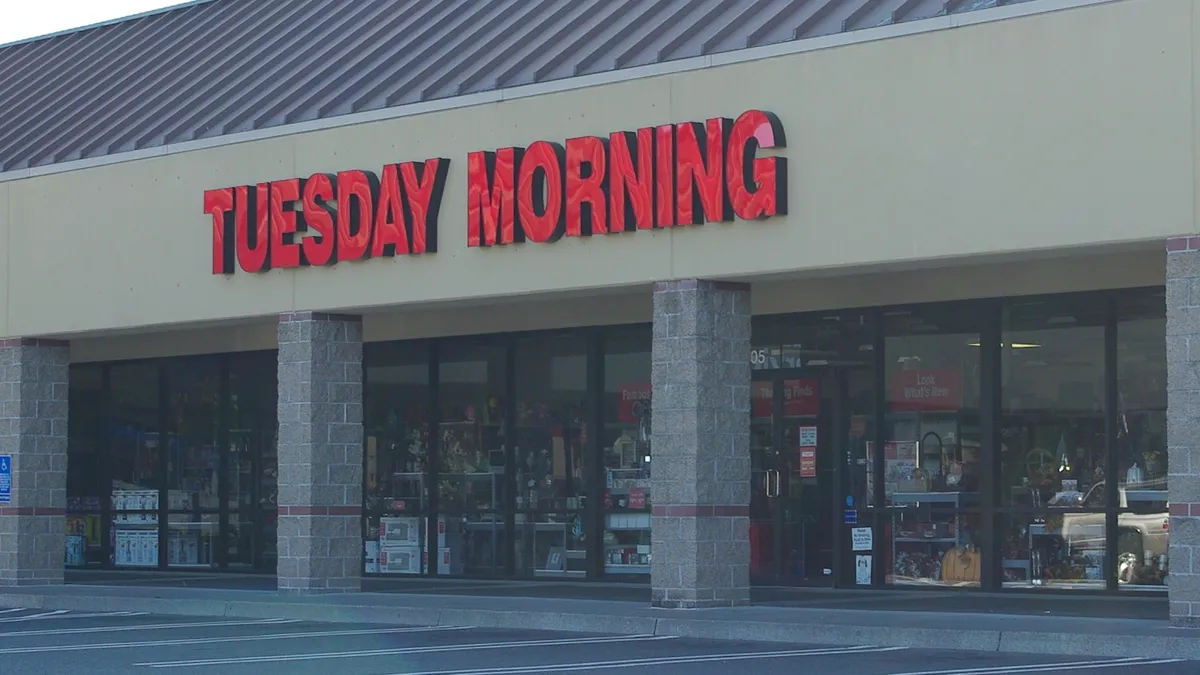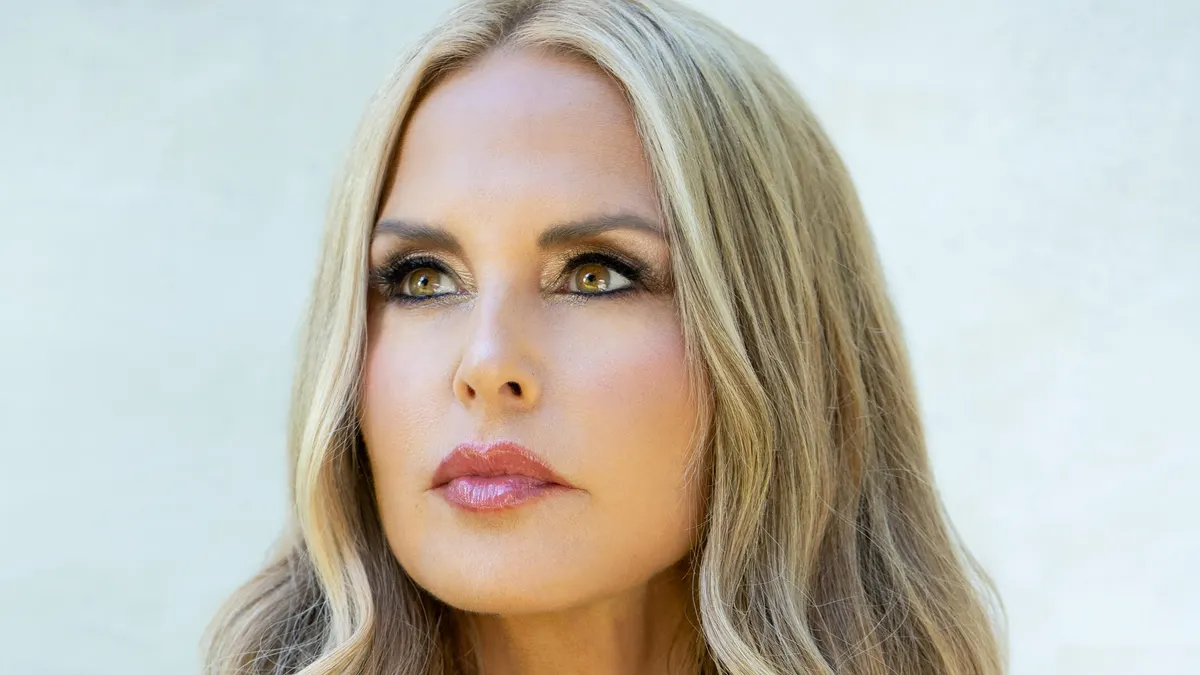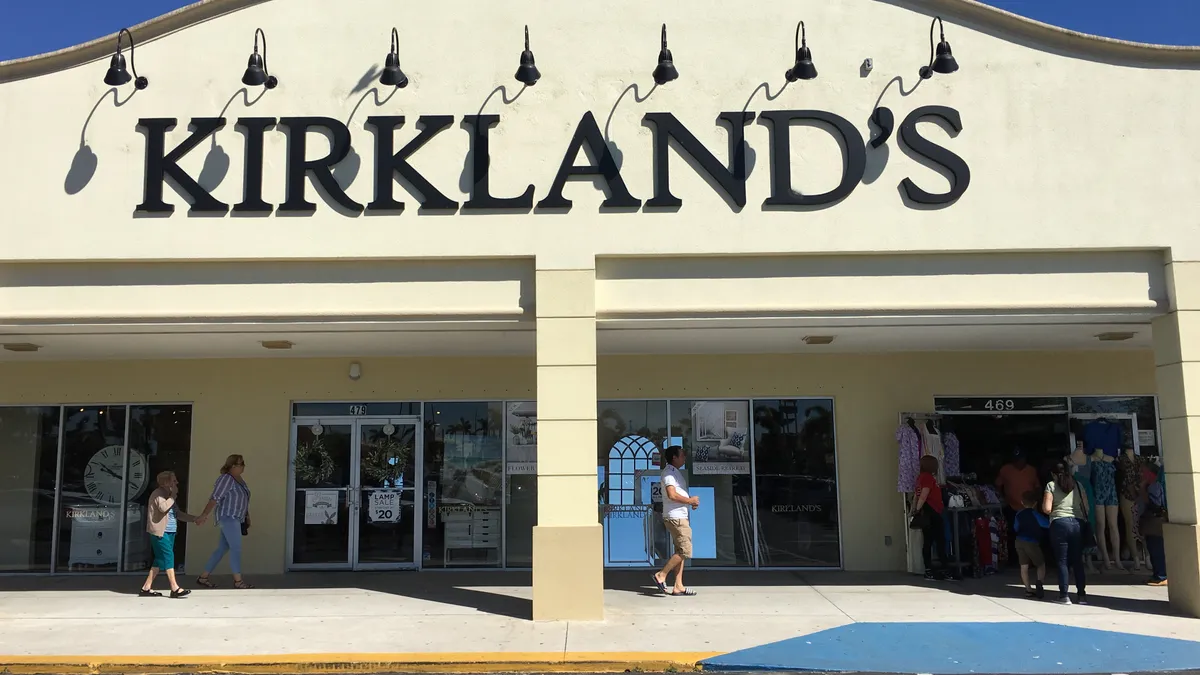When Lloyd Ross founded Tuesday Morning in 1974, a few years before the first T.J. Maxx opened, it was basically a big garage sale. Ross loaded up a warehouse in Dallas with leftover inventory from brands and retailers and invited the public to shop its discount prices.
Once the company opened its first store five years later, its basic model was in place. It's a model that today has made giants of TJX Cos and Ross, retailers that have thrived in the past decade on an almost purely brick-and-mortar model. The same held for Tuesday Morning, though it hasn't performed as well as its off-price peers in recent years.
With its low prices and treasure-hunt style, off-price hasn't translated well online. That didn't seem to bother the off-price sector much, until the COVID-19 pandemic decimated store revenue.
For the larger players, it meant perhaps rent payment negotiations with landlords and store worker furloughs. For Tuesday Morning the result was an "insurmountable financial hurdle," according to the company.
Barry Folse, a managing director with AlixPartners brought on by Tuesday Morning as a consultant, said in court papers that Tuesday Morning's business model "is focused entirely on in-store sales rather than online transactions." When the pandemic led the retailer to temporarily close its stores it meant "a total cessation of new revenue" beginning in March, according to Folse.
Like others, Tuesday Morning furloughed workers and negotiated with landlords on rent payments, offering 50% of its rent for April, a deal that more than 50 of the retailer's landlords took. Others, though, sent default notices and filed lawsuits, tried to lock out the retailer from its stores and otherwise tried to terminate leases, Folse said.
Tuesday Morning also stopped payments on outstanding invoices to vendors and cut off new orders in an effort to preserve cash. The company even looked into government relief, but found that it did not meet borrowing requirements under the Main Street Lending Program.
A 'jumbled fleamarket'
The retailer's problems were deeper and go back further than the COVID-19 crisis.
In the space of five years, Tuesday Morning — which gets its name from when Ross launched the first warehouse sale, on what he considered the first "positive" part of the week — went from its first permanent store to nearly 60. Between 1984 and 1999 it filed for its first initial public offering, was taken private by the private equity firm Madison Dearborn, and went public again, all while its footprint expanded six times over. By 2018, it was making $1 billion in sales and had 700 locations.
Over the past three fiscal years it has racked up a total of nearly $67 million in net losses, much of that consisting of operating losses, while posting only middling growth in top-line sales during that time. In the all-important fourth quarter last year, comparable sales fell 0.7% at Tuesday Morning.
That's a tough break for a player in a hot sector. For all of 2019, Tuesday Morning's comp sales nudged up just 0.4%. By comparison, off-price giant TJX Cos saw comp sales growth of 10 times that figure during the year.
According to analysts on GlobalData's retail team, the "lack of a compelling assortment" at Tuesday Morning was behind its lackluster numbers.
"While consumers do not expect off-price discount retailers to have a perfectly curated selection of merchandise, they do demand that the range is reasonably coherent and contains interesting finds. Unfortunately, Tuesday Morning often fails to deliver this," GlobalData analysts said in emailed comments. "Many stores are not so much an Aladdin's cave of exciting treasures as a jumbled flea market of whatever buyers could seemingly get their hands on."
"While the shop floor of off-price retailers may look random, putting together a range requires enormous skill and a certain degree of flair. In our view, Tuesday Morning lacks both," GlobalData analysts said. Another problem they noted is that many store locations suffered from a lack of visibility or were on strip malls lacking healthy foot traffic, all of which hurts the company's finances.
In a February conference call with analysts, CEO Steven Becker blamed a shorter calendar and a season of heavy discounting for the disappointing Q4, along with an assortment at the retailer's stories that didn't live up to management's expectations, according to a Seeking Alpha transcript. He also pointed out points of improvement: new merchants seasoned in off-price, a new discounting system, new vendor relationships and inventory declines.
Chief merchant Paul Metcalf said on the same call Tuesday Morning would start using pack-and-hold and flow-and-hold strategies to create what amounts to artificial scarcity at stores to drive store trips, customer urgency and the treasure hunt atmosphere.
There was not a mention of financial distress or bankruptcy in the call.
Paring down
On Wednesday, Tuesday Morning filed for Chapter 11 bankruptcy with an open-ended plan to reorganize around a footprint about a third smaller than its current one, with around 230 of its 687 stores on the chopping block. GlobalData analysts called the figure a sign of the "scale of the restructuring that was needed" at the retailer.
The company intends to reorganize around the smaller footprint and reduce its liabilities, including by negotiating lower rents on the stores it plans to keep open.
Folse said that the company has brought on investment bank Miller Buckfire to help in finding alternative financing sources and restructuring options. That could ultimately include a sale of the company's assets.
By the time the company filed, it had commitments for up to $100 million in debtor-in-possession (DIP) financing, in the form of a revolving credit facility, to fund it through the bankruptcy process. Of that, $50 million would be available to the company following an initial court order. The financing package carries several case milestones that require, among other things, Tuesday Morning raise more DIP money from other sources.
The agreement could also trigger a chain liquidation if the retailer's liquidity falls below $20 million or if it misses deadlines in the Chapter 11 reorganization process.
So while Tuesday Morning has a plan to revitalize its business and finances, its case is still open-ended, without a pre-negotiated plan with lenders such as those that Neiman Marcus and J. Crew recently filed with.
And of course, there are the challenges that await Tuesday Morning beyond bankruptcy, should it successfully orchestrate an exit and reorganization.
"Despite a solid plan, Tuesday Morning still has a lot of work to do in making itself relevant and more of a destination for shoppers," GlobalData analysts said. "That will be easier with a focused portfolio of stores, but it will also rely on marketing, good buying practice and differentiating itself from the competition. Those things require new thinking and a new approach, not just a Chapter 11 process."
For now, around 80% of Tuesday Morning's stores have reopened, ending the revenue drought the company faced. Folse said that sales at reopened locations have been "more robust than ... anticipated, and in fact, since reopening, same-store sales have been 10% higher than sales during the same period in 2019."
That, he added, has made Tuesday Morning "cautiously optimistic about the Company’s ability to weather the pandemic and emerge from these Chapter 11 Cases well-positioned for continued success."























